These Are the First Images Captured by the Largest Camera Ever Made

The very first photos captured by the Legacy Survey of Space and Time (LSST) camera at the NSF-DOE Vera C. Rubin Observatory have been released, with more to come later today.
Named in honor of trailblazing U.S. astronomer Vera C. Rubin, who found conclusive evidence of vast quantities of invisible material known as dark matter, the new scientific facility — jointly funded by the U.S. National Science Foundation and the U.S. Department of Energy’s Office of Science — will release the first full images and videos captured by the LSST camera today during a livestream event in Washington, DC. The Rubin Observatory says that the images will show cosmic phenomena captured at an unprecedented scale.

The images of the celestial objects seen here and the ones to be released later today serve as examples of what the new telescope is capable of ahead the upcoming 10-year survey of the southern sky. The Rubin Observatory team says that in just 10 hours of test observations, the observatory has already captured millions of galaxies and Milky Way stars as well as thousands of asteroids. The observatory says this is just a small preview of it supcoming 10-year scientific mission.
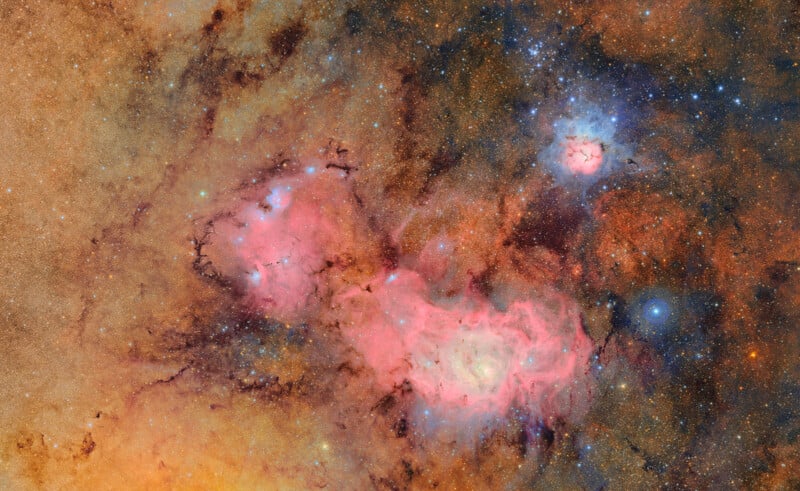
The image above, of the Trifid and Lagoon nebulas, is about 1.3 times the Rubin Observatory’s field of view. In contrast, the image below is just 1/15 (or 7%) of the observatory’s FOV. The photo below that is 1/50 (or just 2%) of Rubin’s view. Understanding the resolution and scale of these images can be difficult and PetaPixel will be explaining this in great detail later this week, which includes a full tour of the Rubin Observatory and a closer look at these new images.
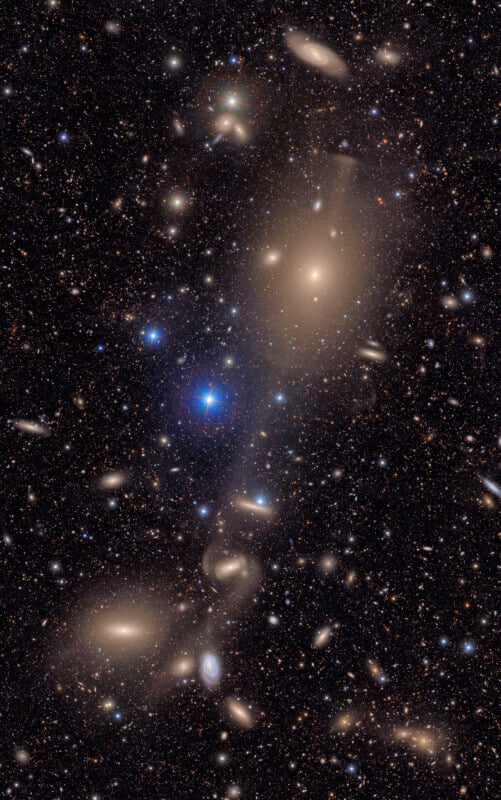
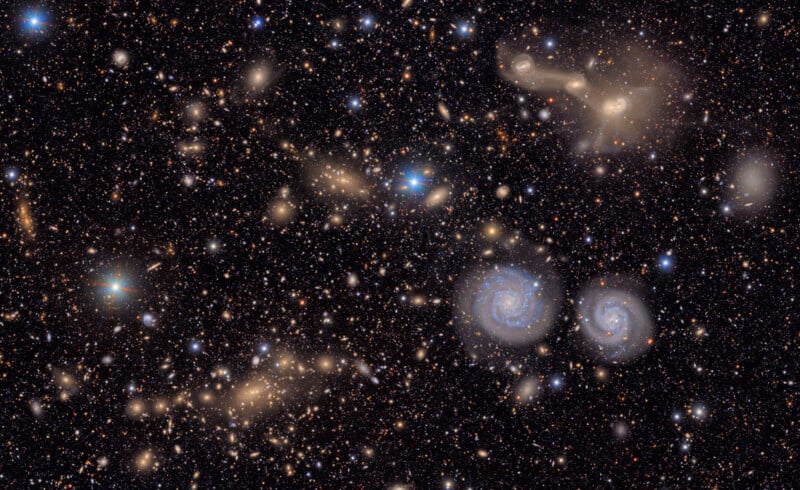
It’s also important to note that these photos are not 100% resolution views; there is significantly more detail that is too large to show in a single image. For example, below is a 100% crop of the center of the image of the Lagoon nebula:
![]()
And below is a 100% crop of an area in the Virgo Cluster photo:
![]()
“The NSF-DOE Vera C. Rubin Observatory demonstrates that the United States remains at the forefront of international basic science and highlights the remarkable achievements we get when the many parts of the national research enterprise work together,” Michael Kratsios, director of the White House Office of Science and Technology Policy, says. “The Rubin Observatory is an investment in our future, which will lay down a cornerstone of knowledge today on which our children will proudly build tomorrow.”

The Rubin Observatory is being called the most efficient and effective system discovery machine ever constructed. It will take about a thousand images of the Southern Hemisphere sky every night, which will allow it to cover the entire visible area every three to four nights.
“NSF-DOE Rubin Observatory will capture more information about our universe than all optical telescopes throughout history combined,” Brian Stone, performing the duties of the NSF director, adds. “Through this remarkable scientific facility, we will explore many cosmic mysteries, including the dark matter and dark energy that permeate the universe.”
“We’re entering a golden age of American science,” says Harriet Kung, acting director of DOE’s Office of Science. “NSF-DOE Rubin Observatory reflects what’s possible when the federal government backs world-class engineers and scientists with the tools to lead. This facility will drive discovery, inspire future innovators and unleash American excellence through scientific leadership.”

The Rubin Observatory and its LSST camera are the culmination of more than 20 years of consistent work. The camera, which was completed last year, is the largest ever made.
The large aperture, 3.2 gigapixel wide-field optical camera is capable of viewing light from the near ultraviolet to near-infrared wavelengths and is made up of 189 charge-coupled device (CCD) sensors arranged in a total of 21, three-by-three square arrays mounted on platforms called rafts.
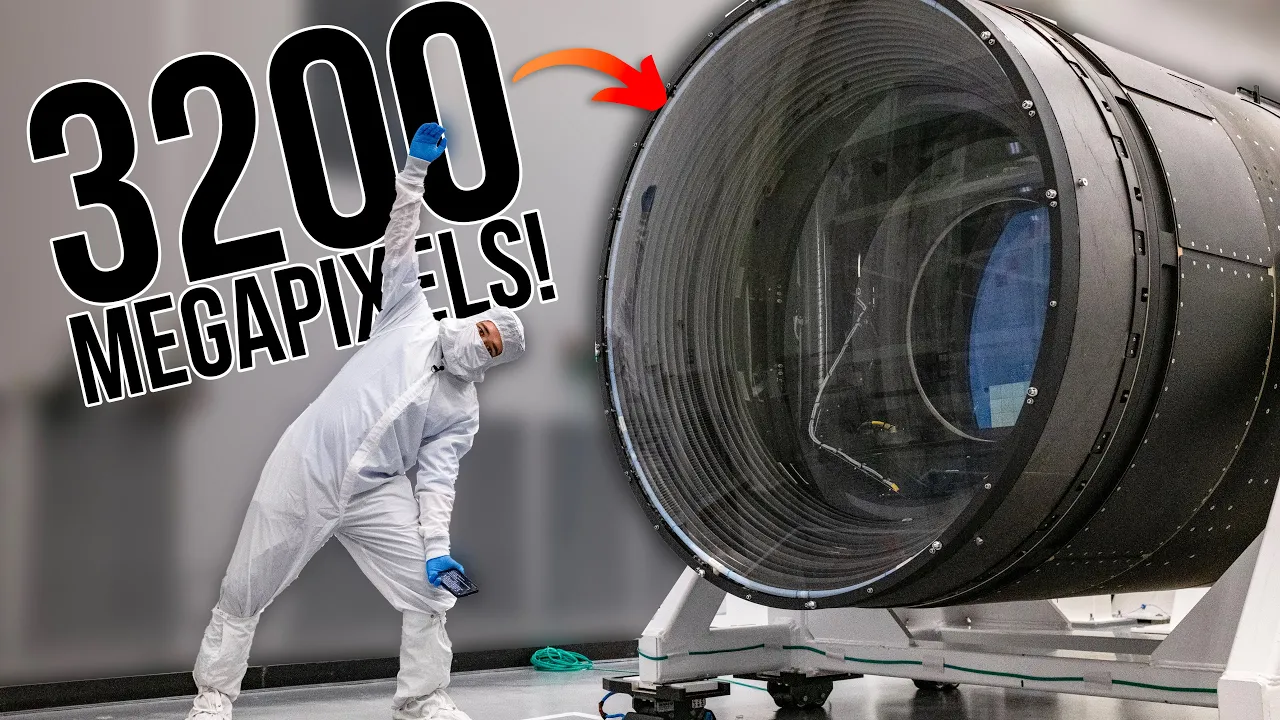
The camera was moved from the SLAC Laboratory in Stanford, California to the summit of Cerro Pachón in Chile where the state-of-the-art Rubin observatory sits. There, the dry and and dark skies provide one of the world’s best astronomical observation locations. The system was fully installed this past March.
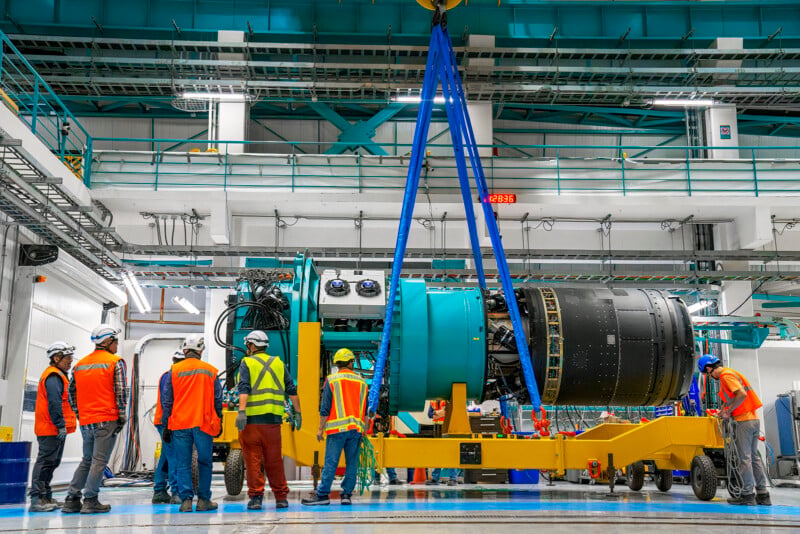
“Rubin’s innovative 8.4-meter telescope has the largest digital camera ever built, which feeds a powerful data processing system. Later in 2025, Rubin will begin its primary mission, the Legacy Survey of Space and Time, in which it will ceaselessly scan the sky nightly for 10 years to precisely capture every visible change,” the Observatory team says.

“The result will be an ultrawide, ultra-high-definition time-lapse record of the universe. It will bring the sky to life with a treasure trove of billions of scientific discoveries. The images will reveal asteroids and comets, pulsating stars, supernova explosions, far-off galaxies and perhaps cosmic phenomena that no one has seen before.”
The LSST camera in the Rubin Observatory is unique. Unlike well-known space-based telescopes like Hubble and the James Webb Space Telescope, The Rubin Observatory is extremely high resolution and captures extremely wide angles. Because of this, it is able to pull in far more information than any other telescope before it, giving scientists and astronomers access to gargantuan swaths of information.
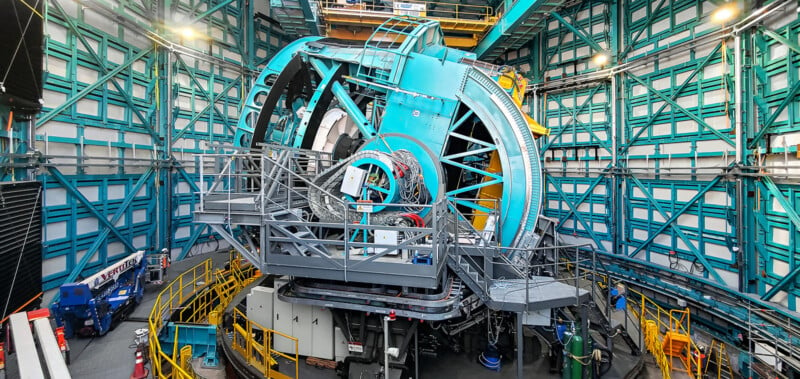
The Rubin Observatory team says that the amount of data gathered in its first year alone will be greater than that collected by all other optical observatories combined.
“This treasure trove of data will help scientists make countless discoveries about the universe and will serve as an incomparable resource for scientific exploration for decades to come,” the observatory team says. “Understanding the nature of dark matter, dark energy and other large-scale cosmic mysteries is a central focus of Rubin Observatory’s mission. Dark energy is what scientists call the mysterious and colossally powerful force that appears to be causing galaxies in the universe to move away from each other at an accelerating rate. Although dark matter and dark energy collectively comprise 95% of the universe, their properties remain unknown.”
Source link



